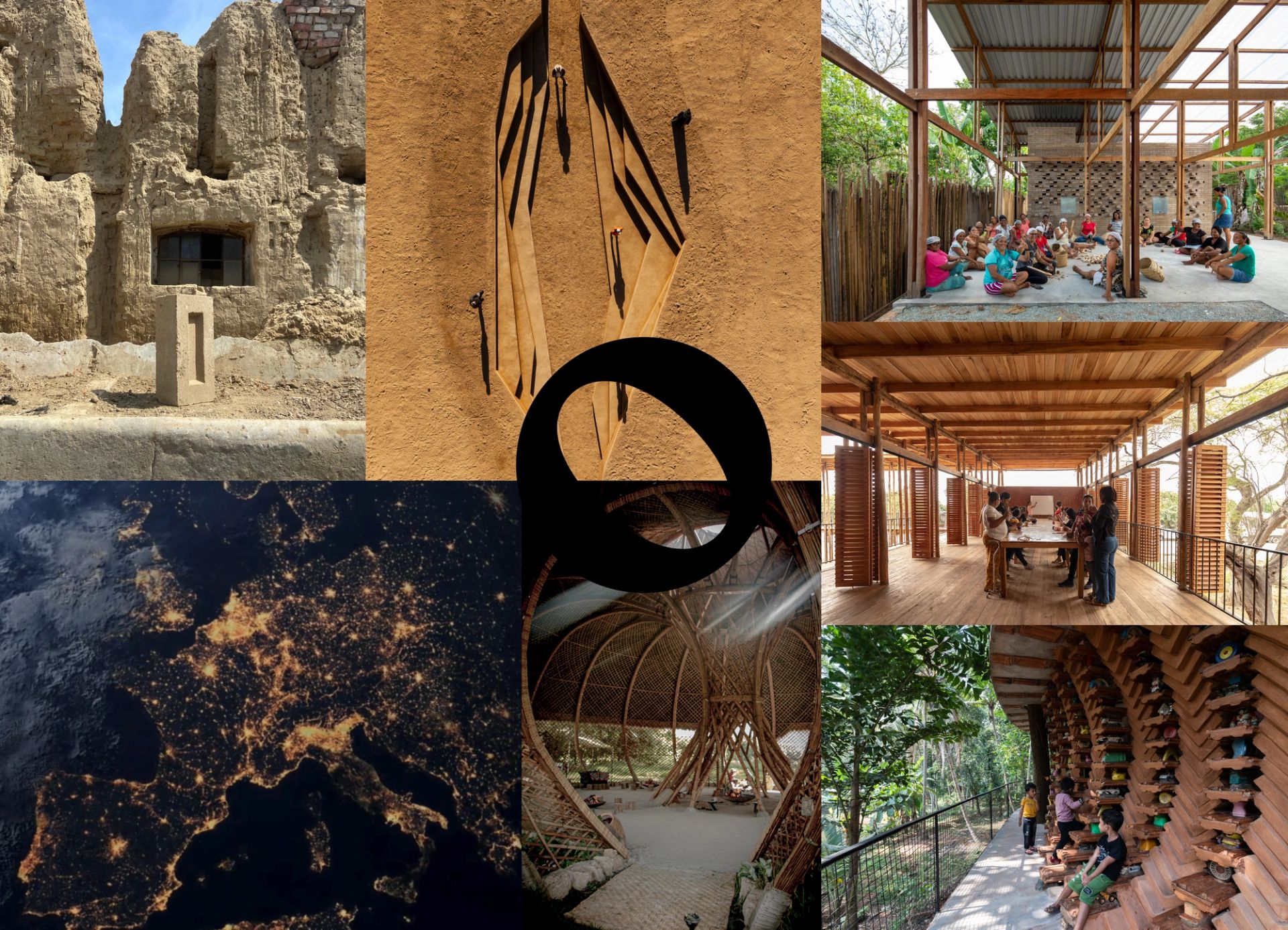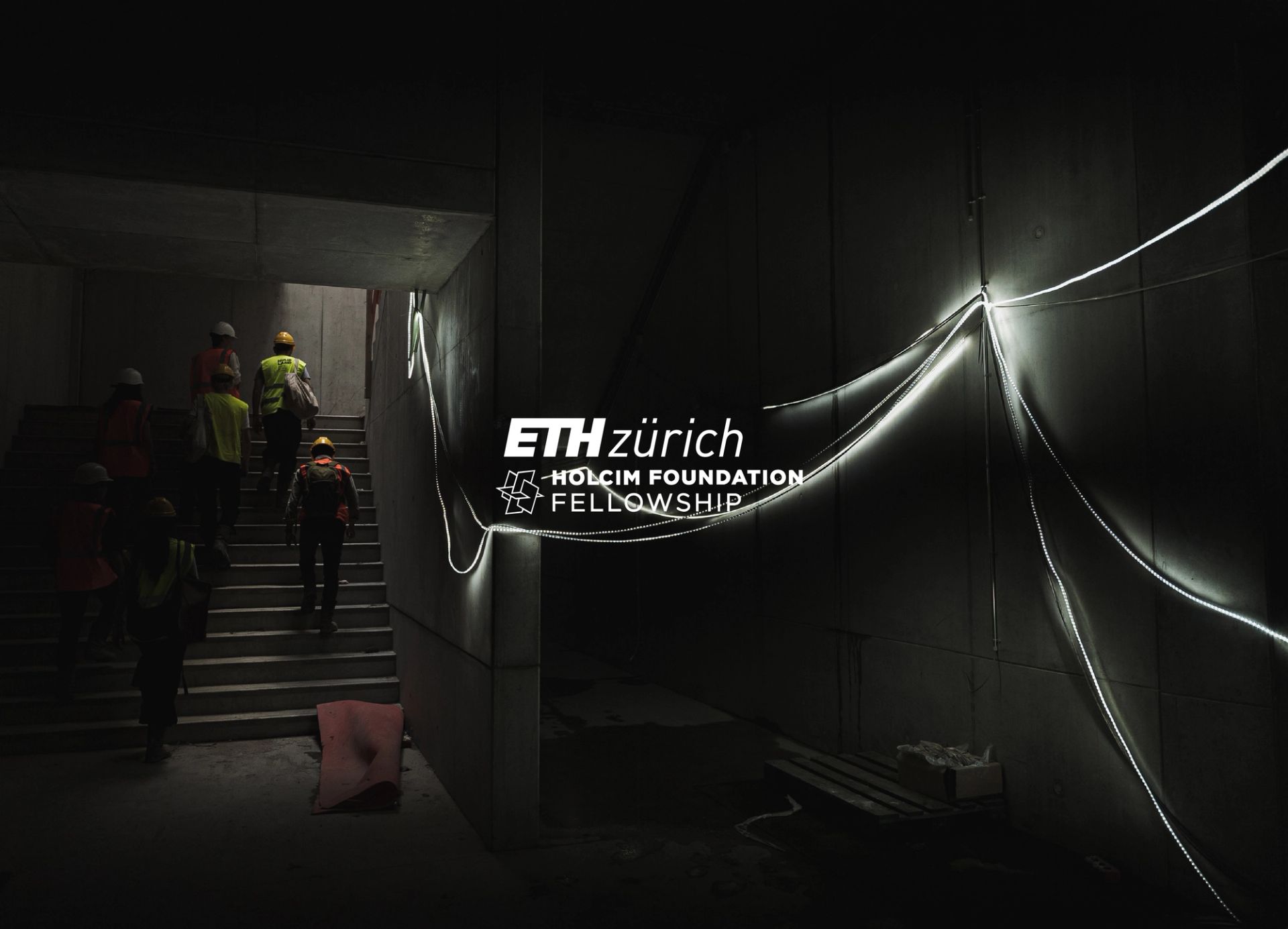A unique project focused on sustainable design and construction practices, FLOW is an initiative that centers on using everyday recycled construction materials, challenging the common "scrap and build" approach. In this conversation with Daisuke Yamamoto, we talk about the versatile LGS (Lightweight Gauge Steel) and its potential for deconstruction and reuse. Aiming to prevent industrial waste disposal and foster a fluid material life cycle, FLOW challenges our society's disposal practices and reimagine the future of construction materials.
KOOZ The project began with the awareness that everyday recycled construction materials are disposed of when new construction begins. In particular, the project sheds light on the most used and at the same time disposed building material, lightweight gauge steel (LGS), which is commonly used in framing systems. How does the project seek to insert itself within the scrap and build approach? What percentage of LGS is effectively usable once it has been deployed?
DAISUKE YAMAMOTO I come from an architectural background. Therefore, before designing furniture, we designed spaces using LGS in its raw form. The panel construction method used for the chair base at the Dropcity exhibition was the result of this experiment. LGS is usually used in framing systems, however, we used it as panels for walls and ceilings. Since the LGS used in these projects was not synthesised in any form, it can be easily disassembled and returned to its original form by removing only the screws. Nearly 100% of the LGS can be effectively reusable. When we design other spaces, we also make sure we design the walls and ceilings using LGS, so that they can be separated and reused.
Nearly 100% of the LGS can be effectively reusable.
KOOZ The project attempts to define an approach where we design and construct space with the assumption that it will one day be deconstructed and that post-demolition building materials can then be reused and reclaimed to reconstruct new furniture after deconstruction with a minimum number of components. One would imagine that a major problem in re-using these materials stems from issues relating to material standards and certifications. How does the project remedy/tackle this?
DY Regarding the material standards, there are many different sizes of LGS building materials in Japan and they differ from standards in Italy. In Japan, the origin of LGS material is lumber. With the high economic growth period, LGS became a substitute for lumber, so the standards correspond to the standard of lumber.
As for the certifications, we always make sure to ask our clients if they intend to reuse the materials when they dismantle their buildings or spaces. If they do not intend to reuse the materials, we ask them to sign a contract for us to collect the materials for reassembly and go to the dismantle site directly. Also, the reality in Japan is that, although manufacturers produce materials in a recyclable form, the probability of the materials being returned to the manufacturer for recycling is less than 1% and the recycling systems they have in place are almost never used. For this reason, we have begun to work with manufacturers to collect used materials, verify them and create a new system to reconstruct them.
The probability of the materials being returned to the manufacturer for recycling is less than 1%.
KOOZ Beyond the use in architectural projects, LGS are typically employed within exhibition spaces either within cultural institutions and or fairs. What is the potential of translating the approach deployed in the project into a manual which can then be used and adopted by these entities and which could engage local communities in the process?
DY Exactly as you say, this material is used for exhibition spaces of short duration. Because the lifetime of these projects is short and the number of these types of projects are numerous, our aim is to explore the possibilities.
KOOZ Beyond the physical object, what is the potential of the project as a point of departure to activate discussions around how we deal with disposed materials in our “scrap and build” society? In what ways do projects as FLOW enable us to reimagine and question whether these materials really need to be disposed of or can they be utilised and brought back to life with new meaning?
DY At the Milan exhibition, there were many people who found our approach interesting. The LGS material, although different in standard depending on the country, is relatively easy to obtain and our production method is very primitive: cut, polish and screw. Very simple. In other words, because it is a material and a method that anyone can work on, so many people are able to imagine that they could do something with it as well. If we look at it from this perspective, we can realise there are actually so many objects around us that could be reconsidered, rather than as a privilege of an industry with special capabilities. I believe that if we take this point of view, there are so many things we can rethink in our everyday lives. The possibilities are endless. I believe in the power of human imagination and the empowering actions we can take.
I believe in the power of human imagination and the empowering actions we can take.
KOOZ To what extent is it our duty, as architects and designers, to help shape a sustainable society by envisioning new circular approaches to the use of resources?
DY The scrap and build cycle is repeated in a short period of time: after designing a space, I am eventually confronted with the reality that my project will one day be demolished. From a bird’s eye view, I was driven by the feeling that I was creating “garbage”. This experience led me to realise the reality and responsibility of designing in Tokyo. In that sense, I have a sense of obligation.
Our function and mission as architects and designers is to pursue how we can enrich our society.
In my opinion, our function and mission as architects and designers is to pursue how we can enrich our society, including our own lives as well as our environment by applying creative and lateral thinking to our everyday issues. In that sense, during the 20th century, the goal was to produce a more convenient and affluent society. That time has come to an end. Environmental issues are becoming apparent on various levels, it is important more than ever for us architects and designers to envision a new recycling approach towards resources and establish a sustainable society. That is where I think we, architects and designers, have the responsibility and most important role to play.
Bio
Daisuke Yamamoto is a designer based in Tokyo, whose refined and holistic point of view to architecture and product design values alternative approaches to re-challenge the obvious through various research and development. His noted works have received high reviews as the “new approach to design” winning multiple awards worldwide. By taking an innovative and ambitious vision to each project, Daisuke incorporates diverse materials and craftsmanship into his design, where he combines functionality and environmental awareness. Daisuke Yamamoto graduated Musashino Art University, department of Architecture, in Tokyo Japan. Before founding DAISUKE YAMAMOTO / de:sign in 2012, he worked at WONDERWALL / Masamichi Katayama.
Federica Zambeletti is the founder and managing director of KoozArch. She is an architect, researcher and digital curator whose interests lie at the intersection between art, architecture and regenerative practices. In 2015 Federica founded KoozArch with the ambition of creating a space where to research, explore and discuss architecture beyond the limits of its built form. Parallel to her work at KoozArch, Federica is Architect at the architecture studio UNA and researcher at the non-profit agency for change UNLESS where she is project manager of the research "Antarctic Resolution". Federica is an Architectural Association School of Architecture in London alumni.





